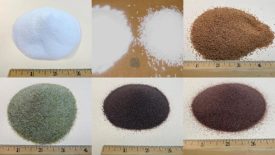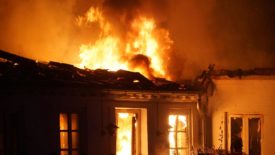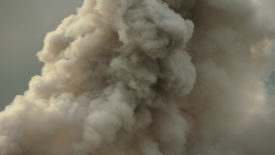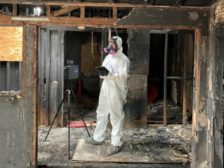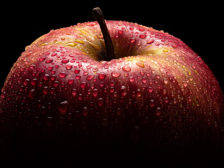Odor Removal
Coverage of the people, tools and techniques related to odor removal. Insights on eliminating odors from fire and smoke damage, water and mold damage, animals and more.
ARTICLES
Get our new eMagazine delivered to your inbox every month.
Stay in the know on the latest disaster restoration and remediation trends.
SUBSCRIBE TODAY!Copyright ©2022. All Rights Reserved BNP Media.
Design, CMS, Hosting & Web Development :: ePublishing




